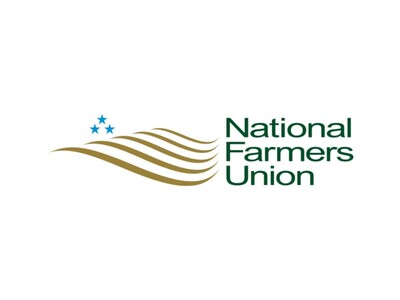El Nino Icing Out the Lower 48?
Despite the recent snowfall and chilly temperatures, the possibility of persistent dry conditions remains. This insight comes from Shane Hubbard, a research scientist at the Space Science and Engineering Center at the University of Wisconsin-Madison. He sheds light on the influence of the ongoing El Niño event on weather patterns in the lower 48.“El Nino is the warming of the waters at the equator in the Pacific Ocean and, specifically, we look at that region that's just off of South America and that impacts our weather here in… the US.”
“So there's a really high relationship between El Nino and what happens in South America. In South America, we actually see similar conditions to what we see here. We see drier conditions there, we tend to see warmer conditions there, and so yields generally go down in South America. However, we see better growing conditions in…Europe and Asia as well. And so in those areas where we have a lot of crops that are being sold, they tend to do a little act better in those areas, while here in the sort of western hemisphere, our crops tend to do a little bit worse.”
Hubbard recommends embracing the resilience of crops and adaptive farming practices, including the use of drought-resistant hybrids.
















